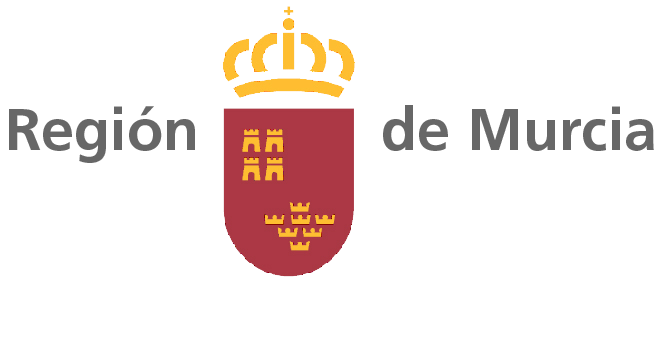Influence of chronodisruption on human and animal health (CHRONOHEALTH).
Our group pioneered the research on biological rhythms impairment (chronodisruption, CD) and its impact on health of animals and human beings, developing those research tools focused to address direct applications to animal production and clinical applications. x000D
In developed countries three coincident trends, with significant impact on society and healthcare system emerged: food has become abundant, snacking frequency has increased and feeding has shifted towards the end of the day; sleep time has been gradually reduced while irregularity in sleep patterns increases, and exposure to bright light during the night is more and more usual, endangering melatonin secretion. These alterations, particularly relevant for sensitive populations such as infants, youngsters, shift workers and old people, lead to circadian system disorganization or CD. Concerning animal health, reproduction and growth performances are also linked to the maintenance of an adequate circadian rhythmicity and exposure to robust and regular environmental cycles of temperature, light and feeding. Chronodisruption has been identified as a risk factor for several life-threatening pathologies. In 2007, the IARC (WHO) has classified shift-work that involves circadian disruption as potentially carcinogenic in humans. Recently, the most prestigious scientific journals, Nature, Science and Current Biology claim about health risks generated by inadequate light exposure. x000D
The overall objective of the present GERM project is to further deepen research on CD impact for human and animal health and the development new tools to assess and treat CD, including: i) implementing chronobiological monitoring procedures (physiological recordings, activity-rest, sleep, thermometry, alert tests, ambulatory blood pressure monitoring, clock genes in saliva, etc.); ii) the determination of possible new pathologies associated with CD; iii) the association between chronodisruption and neurodevelopment in preterm babies during the first months of life; iv) to test the efficacy of circadian therapies to prevent CD (light therapy, chronotherapy and administration of chronobiotics); v) as well as research in basic laboratory models oriented to better understand biological clock and test new prototypes for healthy light exposure. x000D
In summary, our research group is now leader in the field of Chronobiology in Spain, both in relation to medical chronobiology as well as its application to aquaculture. Currently members of our group participate in different networks of national and international excellence: RETICEF, CENTENARIANS SPANISH GROUP, SAMID II, IMIB-Arrixaca, AQUAGENOMICS-NET, AQUAGAMETE (FA1205). The GERM project will contribute to consolidate this national leadership and to improve our international position, encouraging participation in European programs and incorporating post-doc researchers to our group in order to position us an international reference for CD detection and correction. x000D

